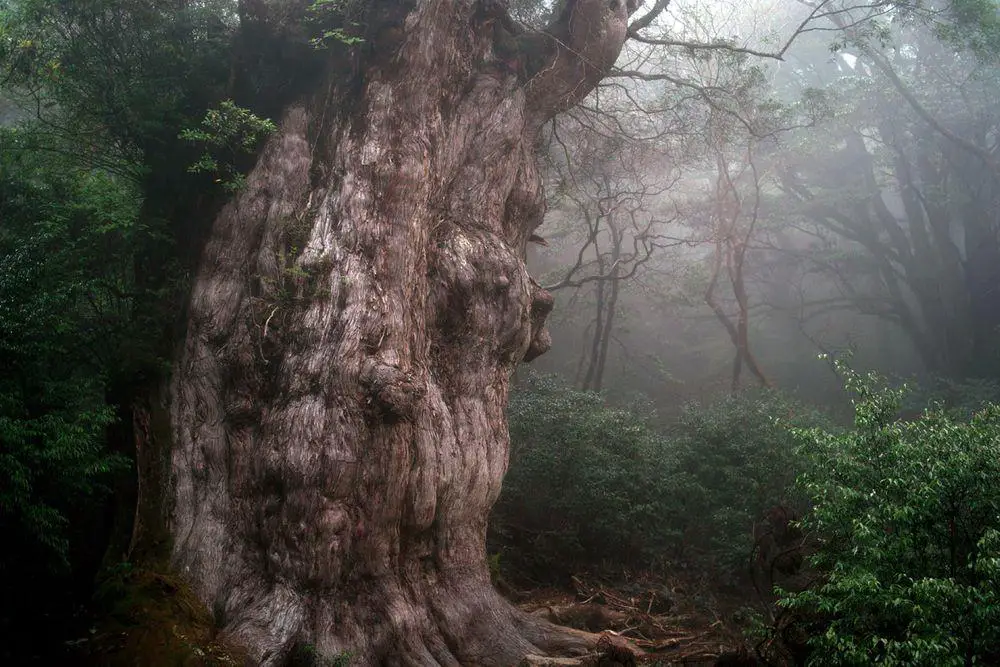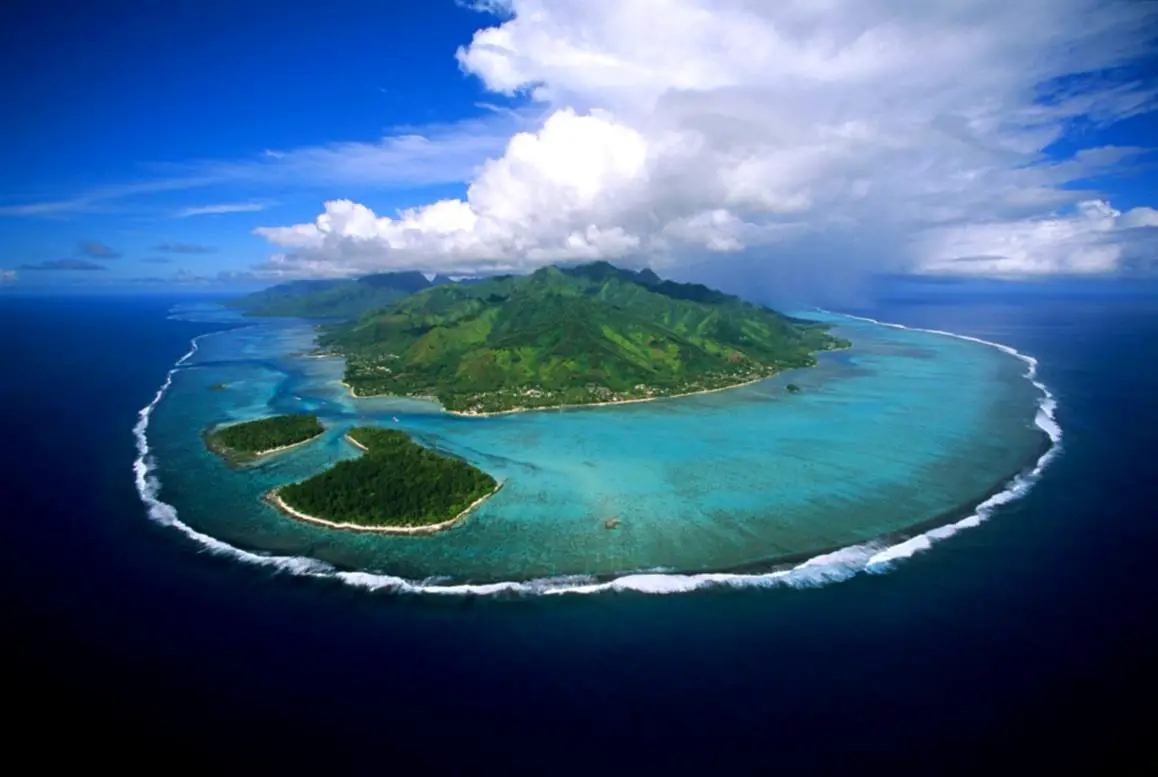 In short
In short
Next to the highest known eucalypt – Centurion in August 2008 there was discovered another tree giant – Triarius.
 40.3%
40.3%
GPS coordinates
Location, address
Species
Height
Diameter
Volume
Map of the site
If you see this after your page is loaded completely, leafletJS files are missing.
 In detail
In detail
Triarius is an enormous eucalypt – swamp gum (Eucalyptus regnans F.Muell.), 86.5 metres high.
The tree was discovered in August 2008 by Forestry Tasmania employees Mayo Kajitani and David Mannes while analyzing the data provided by airborne laser equipment LiDAR. The tree was discovered together with the nearby Centurion – the highest eucalypt in the world.
The tree is named after the triarii – wealthy and influential fighters in Roman legions.
Contrary to Centurion the height of Triarius was comparatively easy to measure from the ground with laser equipment. The diameter of the trunk – impressive 3.90 m (2).
Discovered forest giants were located in a non-protected state forest but immediately were included in the list of protected trees.
This is a lucky coincidence that Triarius and Centurion have survived. Wildfires in 1934 spared just a few older trees in this area and passed on the west side. In 1950 there was logging nearby and at that time this giant tree would not be spared. In 1966 and 1967 the forest close nearby was deliberately burned for later regeneration, in 1967 this turned into furious, devastating fires. This time fire passed the tree on the east side (1).
These fires were a reason why the forest around the giants was not old-growth and thus – not protected. It was not expected to find any tall trees in this area.
References
- Welcome to the Centurion! Forestry Tasmania, 10 Oct 2008. Accessed 03.01.10.
- Giant Trees. Tasmania’s world class giants. Now not online, was accessed on 03.01.10.
- New series of Going Bush screens Sundays at 5.30pm Forestry Tasmania. Accessed 03.01.10.
- The world’s tallest hardwood tree. Australian Forest Grower, winter 2009. Accessed 03.01.10.
- Technology aids in record-breaking tree discovery. International Forest Industries, August 2009. Accessed 03.01.10.
 Linked articles
Linked articles

Wonders of Australia
The enormous and diverse area of Australia contains countless amazing and unique monuments. Parts of the country have not been thoroughly investigated and sometimes there are reported new, surprising finds.

Trees
The category includes some of the most impressive and interesting separate trees in the world. The total number of tree species in the world still is a wild guess – maybe 10,000 and maybe 100,000 but most likely somewhere in between. Every month there are reported new tree species from the whole world, including Western Europe.

Wonders of Australia and Oceania
The word “exotic” definitely refers to Australia and Oceania. Here are located many unique and mysterious landmarks, many places here deserve to be called – “One of the most beautiful places in the world”.
 Recommended books
Recommended books
Eucalypt Ecology: Individuals to Ecosystems
Eucalypts make up a remarkable genus as the dominant trees of Australia. This authoritative volume provides current reviews by active researchers in many disciplines, including evolutionary history, genetics, distribution and modeling, the relationship of eucalypts to fire and nutrients, ecophysiology, pollination and reproductive ecology, interactions between eucalypts and other coexisting biotas as well as conservation and management.
In Tasmania
The settlement of Tasmania by Europeans began two hundred years ago. Nicholas Shakespeare first went there, having heard of the island’s exceptional beauty, because it was famously remote. He soon decided that this was where he wanted to live. Only later did he discover a cache of letters written by an ancestor as corrupt as he was colorful: Anthony Fenn Kemp, the so-called Father of Tasmania.


